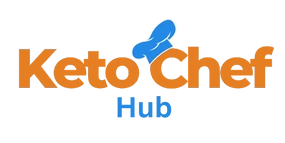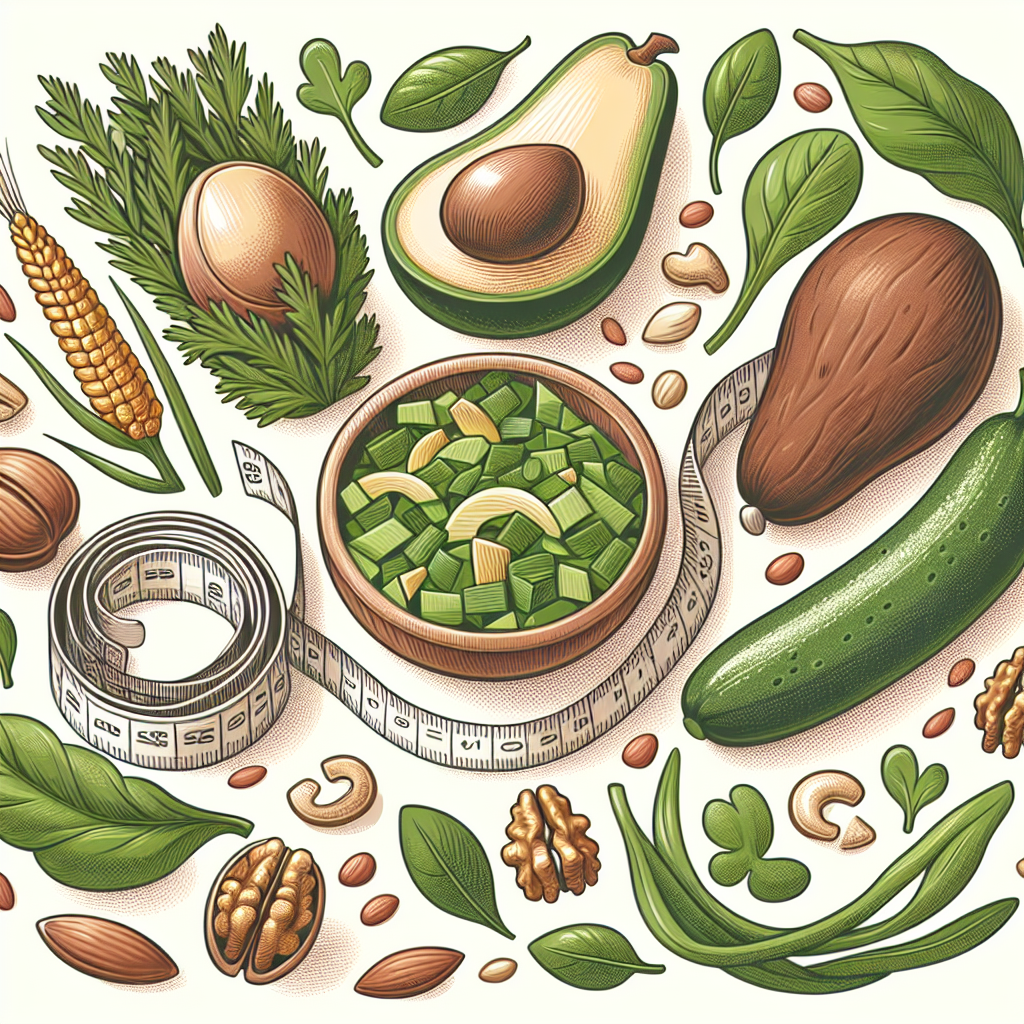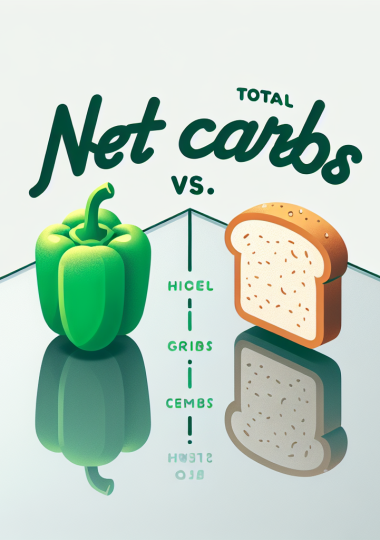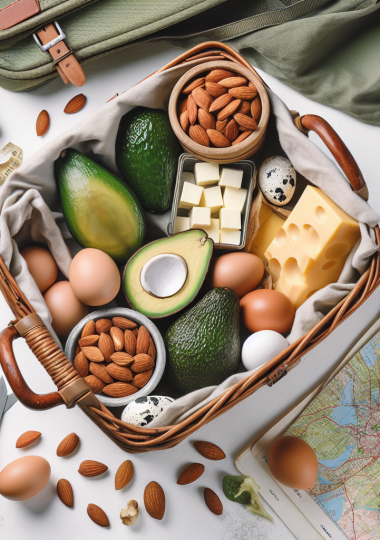Introduction
The ketogenic diet, or keto diet, has gained immense popularity in recent years due to its effectiveness in weight loss and its potential health benefits. At its core, the keto diet is a low-carbohydrate, high-fat diet that forces the body into a state of ketosis, where it burns fat for fuel instead of carbohydrates. While the focus is often on reducing carbs and increasing fats, one crucial element that often gets overlooked is fiber. This article delves into the essential role of fiber in a keto diet, exploring its benefits, sources, and how to incorporate it effectively without compromising ketosis.
The Importance of Fiber
Fiber is an indigestible carbohydrate found in plant foods. It is categorized into two main types: soluble and insoluble fiber. Soluble fiber dissolves in water to form a gel-like substance, which can help lower blood cholesterol and glucose levels. Insoluble fiber does not dissolve in water and helps add bulk to stool, promoting regular bowel movements. Both types are essential for maintaining a healthy digestive system.
Benefits of Fiber
1. **Digestive Health**: Fiber is vital for maintaining regular bowel movements and preventing constipation. On a keto diet, where carbohydrate intake is significantly reduced, the risk of constipation can increase due to a lower intake of fiber-rich foods. Including adequate fiber helps ensure smooth digestion.
2. **Blood Sugar Regulation**: Soluble fiber can help stabilize blood sugar levels by slowing down the absorption of sugar, which is particularly beneficial in a keto diet where maintaining low blood sugar is crucial for staying in ketosis.
3. **Heart Health**: Soluble fiber has been shown to lower total blood cholesterol levels, particularly LDL cholesterol, which is known as “bad” cholesterol. This can help reduce the risk of heart disease, an important consideration when consuming higher amounts of dietary fat.
4. **Weight Management**: Fiber-rich foods tend to be more filling, which can help control appetite and reduce overall calorie intake, supporting weight management efforts on a keto diet.
5. **Gut Health**: Fiber serves as a prebiotic, feeding the beneficial bacteria in the gut. A healthy gut microbiome is essential for overall health, including immune function and mental well-being.
Challenges of Incorporating Fiber into a Keto Diet
The ketogenic diet involves significantly reducing carbohydrate intake, which naturally limits many traditional sources of fiber, such as whole grains, fruits, and legumes. This presents a challenge for those on a keto diet to meet their daily fiber needs without exceeding their carbohydrate limits.
Net Carbs Concept
To address this challenge, it’s important to understand the concept of net carbs. Net carbs are calculated by subtracting the grams of fiber from the total grams of carbohydrates in a food item. Since fiber is not digested and does not impact blood sugar levels, it does not count towards the net carbohydrate intake. Understanding this concept allows keto dieters to incorporate more fiber-rich foods into their meals without disrupting ketosis.
Fiber-Rich Foods Suitable for Keto
Despite the restrictions on high-carb foods, there are several low-carb, fiber-rich options that can be included in a keto diet:
1. **Leafy Greens**: Vegetables like spinach, kale, and Swiss chard are low in carbs but high in fiber, making them excellent additions to a keto meal plan.
2. **Avocados**: Avocados are not only high in healthy fats but also rich in fiber, with about 10 grams of fiber per medium avocado.
3. **Nuts and Seeds**: Almonds, chia seeds, and flaxseeds are great sources of fiber and provide healthy fats and protein.
4. **Berries**: While most fruits are high in carbs, berries such as raspberries, blackberries, and strawberries are lower in carbs and high in fiber.
5. **Cruciferous Vegetables**: Broccoli, cauliflower, and Brussels sprouts are not only nutrient-dense but also good sources of fiber.
6. **Coconut**: Both coconut meat and coconut flour are excellent sources of fiber that can be used in various keto recipes.
Incorporating Fiber into Your Keto Meal Plan
Successfully incorporating fiber into a keto diet requires thoughtful planning and creativity. Here are some strategies to ensure adequate fiber intake:
Plan Balanced Meals
Ensure that each meal includes a balance of fiber-rich vegetables, healthy fats, and moderate protein. For example, a salad with mixed greens, avocado, and nuts, topped with olive oil and a protein source like grilled chicken or fish, can provide a good mix of nutrients and fiber.
Utilize Fiber Supplements
If meeting fiber needs through food alone is challenging, consider using fiber supplements like psyllium husk or inulin. These can be added to smoothies or keto-friendly baked goods to boost fiber intake.
Experiment with Recipes
Get creative in the kitchen by experimenting with keto-friendly recipes that incorporate fiber-rich ingredients. For instance, use almond flour or coconut flour for baking, and try cauliflower rice or zucchini noodles as low-carb alternatives to traditional grains.
Track Your Intake
Use a food diary or a nutrition tracking app to monitor your fiber intake and ensure you are meeting your daily needs. This can help identify any gaps in your diet and make necessary adjustments.
Conclusion
While the primary focus of a keto diet is to minimize carbohydrates and increase fat intake, it is essential not to overlook the importance of fiber. Adequate fiber intake is crucial for digestive health, blood sugar regulation, heart health, weight management, and maintaining a healthy gut microbiome. By understanding the concept of net carbs and incorporating low-carb, fiber-rich foods, those on a keto diet can enjoy the benefits of fiber without compromising their ketogenic goals. With thoughtful planning and creativity, it is entirely possible to maintain a fiber-rich diet while adhering to the principles of a ketogenic lifestyle.









Add comment